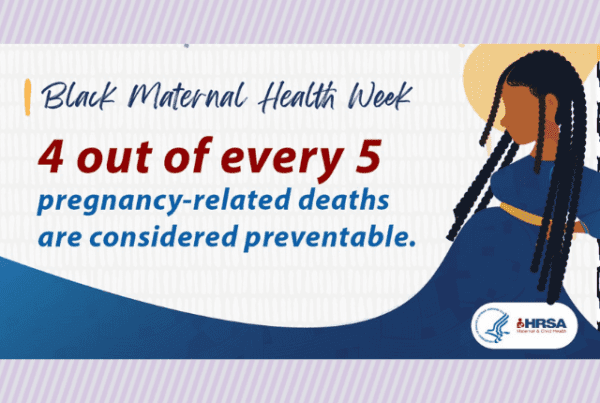National Rehabilitation Week is Sept. 19-25. We are honored to recognize our Rehabilitation Medicine teams for all the work they do for our patients and UW Medicine community.
Our rehabilitation medicine programs were recognized in the 2022-2023 Best Hospitals by U.S. News & World Report.
- UW Medical Center is ranked #5 in the nation in Rehabilitation Medicine
- Harborview Medical Center ranks #22 in the nation for Rehabilitation Medicine
Clinical care
The Department of Rehabilitation Medicine has been serving the Pacific Northwest since 1957, when Justus Lehmann founded the department, the region’s first center for rehabilitation care. Peter Esselman, MD, MPT, is the current chair.
Rehabilitation Medicine services include stroke rehabilitation, spinal cord injury rehabilitation, brain injury rehabilitation, amputee medicine, sports and spine medicine, rehabilitation psychology, post-COVID-19 rehabilitation, cancer rehabilitation and more. Plus, the team is growing — hiring 44 new faculty members in 2021-2022.
Research
In addition to clinical services, our faculty engage in research. Rehabilitation Medicine received almost $12M in grant and contract funding in 2022, for studies including:
-
- how music influences the perception of pain;
- ways to reduce social isolation for adults with communication disabilities;
- how to encourage use of mobility technology with young children with disabilities; and
- preclinical research into the enhancement of hand and arm recovery following a spinal cord injury through a novel stimulation process.
The Traumatic Brain Injury Model System, which offers emergency, acute and post-acute services, has the largest long-term study of people who have experienced traumatic brain injury (TBI). This center, one of 16 government-funded model system centers in the U.S. since 1998, has just received renewed funding for the next five years.
Education
The department is also educating the next generation of clinicians, with 17 student and trainee programs, including:
- Four academic programs:
- Rehabilitation Science PhD, with 19 students currently, representing five different disciplines (OT, PT, P&O, speech-language pathology, and counseling).
- Doctor of Physical Therapy, with 48 students each year, with around 30% from underrepresented backgrounds. The program is also ranked #25 in the nation by U.S. News and World Report 2023 Best Graduate Schools.
- Master of Occupational Therapy, with 24 students each year, with a quarter from underrepresented backgrounds and 12% first-generation university students. The program is also ranked #23 in the nation by U.S. News and World Report 2023 Best Graduate Schools.
- Master of Prosthetics & Orthotics, with 12 students each year. The incoming class is two-thirds female with one-third of the class identifying as Asian, Hispanic or BIPOC.
- Nine fellowship programs: seven physician and two psychology.
- Three residency programs: physical medicine and rehabilitation, physical therapy, and rehabilitation psychology.


